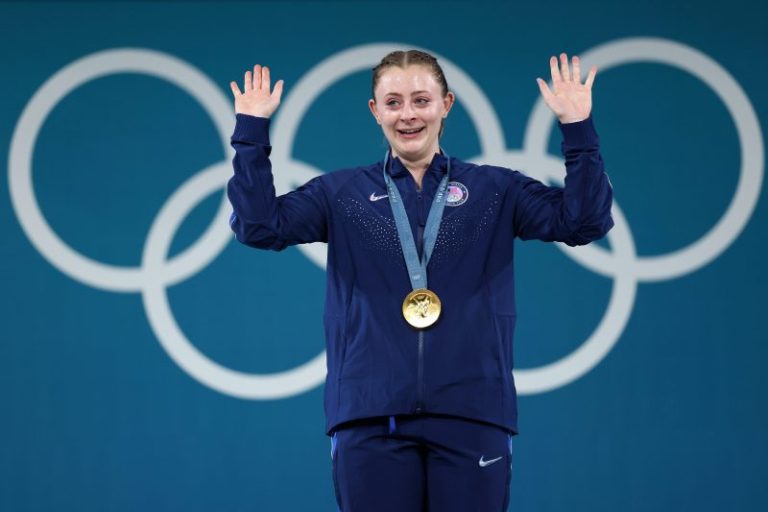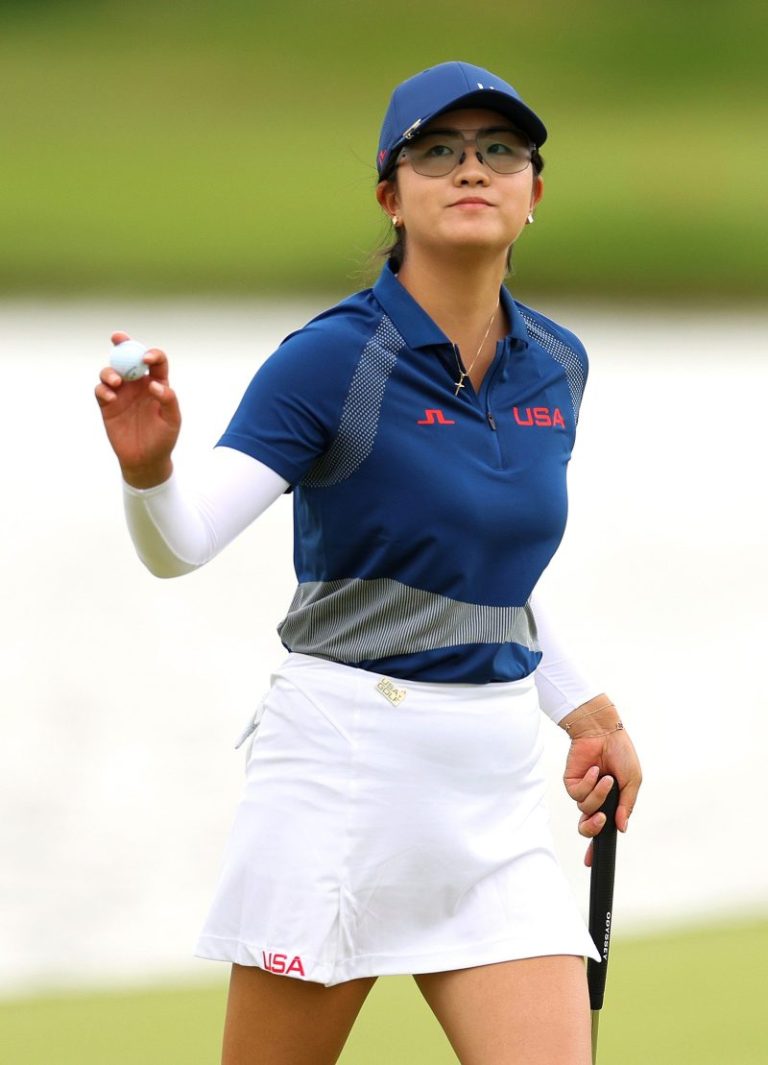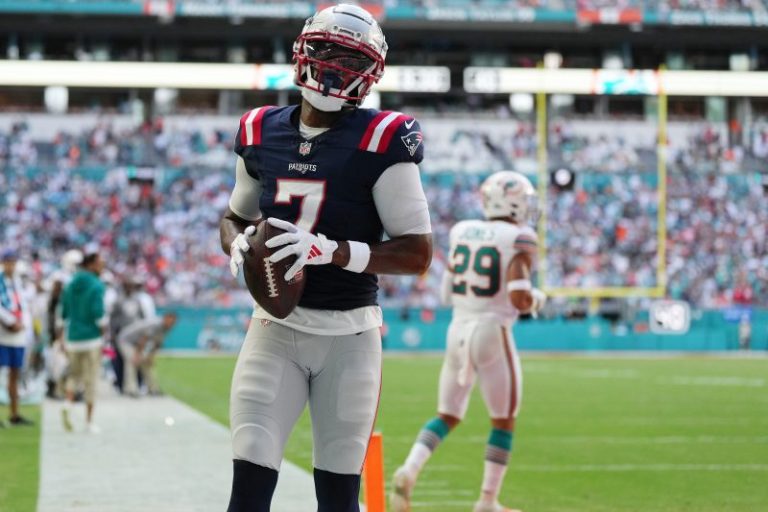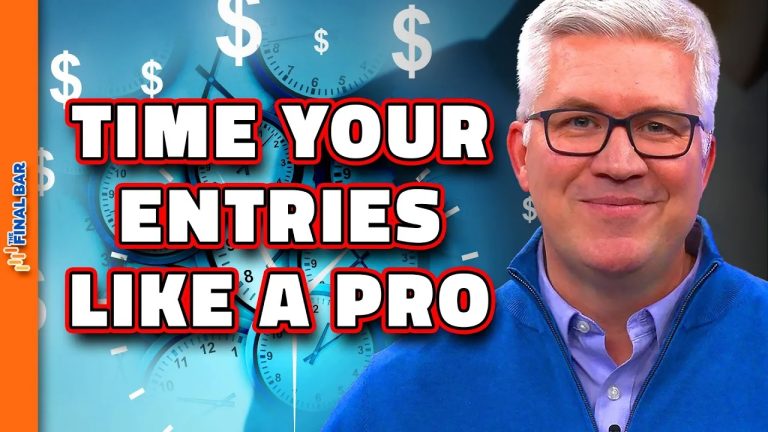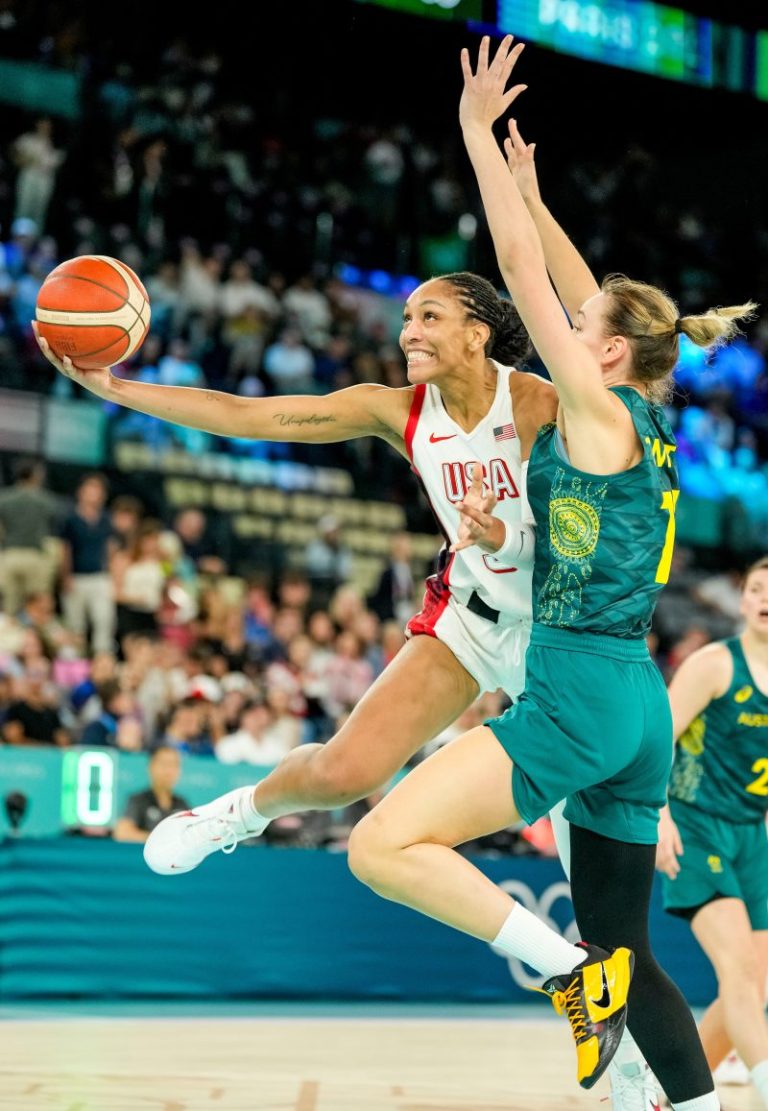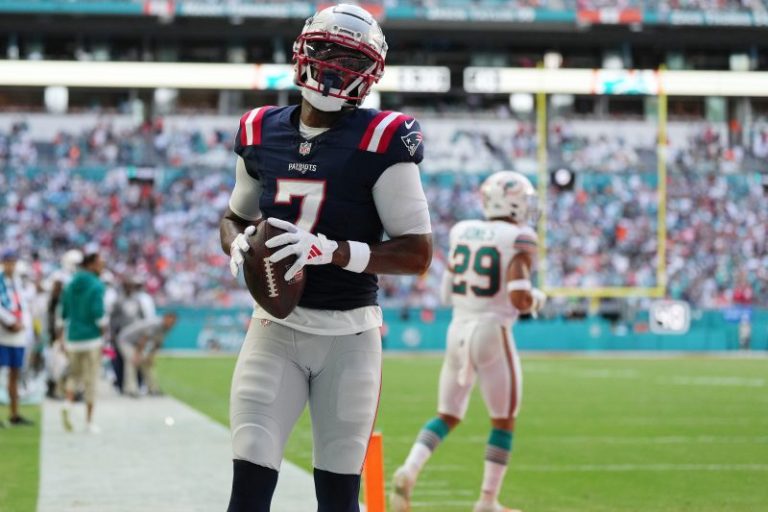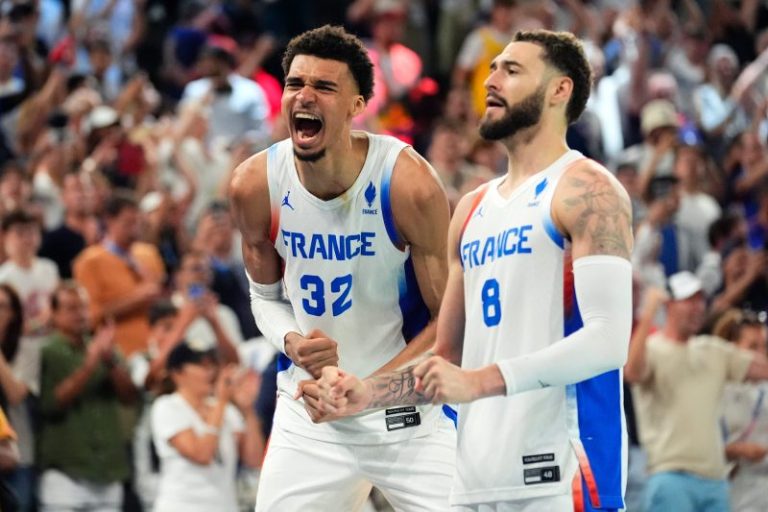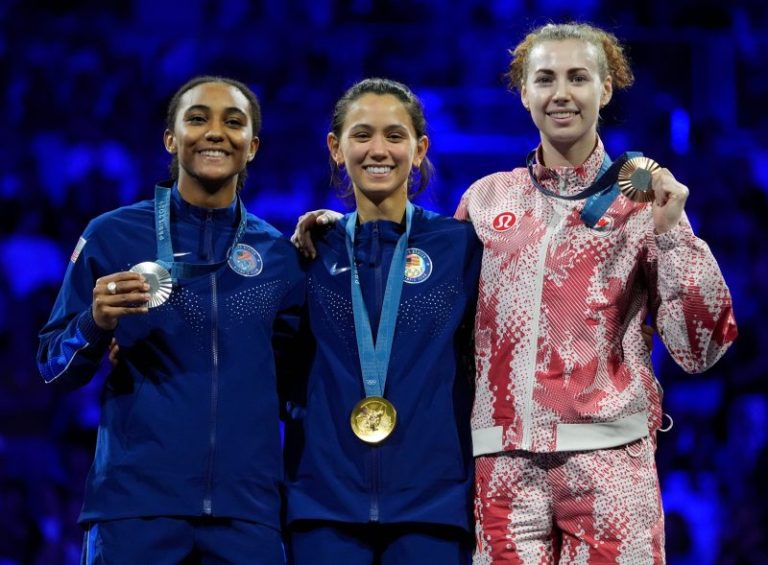PARIS − Andrew Evans doesn’t need to wait for the end of the question. No sense in pondering certainty.
‘Fair to say you wouldn’t be here in Paris without …’
‘Definitely,’ he interjects.
Evans had just slung a discus 204 feet, 2 inches for Team USA at the Paris Olympics Monday, which wasn’t good enough to qualify for Wednesday’s medal round. Shortly after, he was asked whether he could’ve ever made it to the Olympics without the development he got from competing in NCAA sports.
It’s a no-doubter for Evans. What’s more in doubt is the future of NCAA non-revenue sports, which includes track and field, depending on how athletic directors choose to allocate resources. The landmark case of House vs. NCAA is expected to usher in transformative change in college sports in the form of a new revenue sharing model that would be a cash windfall for high-revenue sport athletes, but athletic directors have warned that it could come at the price of discontinuing some non-revenue sports as a cost-saving measure. A settlement agreement in the case has been reached, but hasn’t yet been certified by Northern District of California Senior District Judge Claudia Wilken. The settlement could also face legal challenges, but athletic departments in the the Power Four conferences (SEC, ACC, Big Ten, Big 12) are bracing for revenue sharing as a pending reality.
2024 Olympic medals: Who is leading the medal count? Follow along as we track the medals for every sport.
“Given the state of college athletics I’m concerned about the future of, frankly, non-football college sports because in many cases, it’s where our athletes are from,” Casey Wasserman, chair of the Los Angeles 2028 Olympic Committee, said earlier this year.
In its current form, the House settlement requires $2.8 billion in backpay to former NCAA athletes over a 10-year period, and allows schools to opt into revenue sharing going forward. To stay competitive in revenue-generating sports, primarily football, Power Four schools are expected to opt in for the maximum share − 22% of their average athletic revenues, as proposed by the settlement − which translates to more than $20 million annually, and would increase over time with more lucrative television contracts. To account for that, Power Four athletic directors will seek to add new revenue streams and cut spending, and most Olympic sports are red-ink entries on their budgets.
The future of the U.S. Olympic program, or at least sectors of it, could be impacted by those pending decisions.
Evans’ journey of Olympic development, nurtured almost entirely through NCAA competition, is commonplace. The path of Simone Biles, the uber-talented gymnast who was so gifted at such a tender age that she turned pro as a teenager and never needed so much as a handful of gym chalk from the NCAA, is very much an outlier. As of Thursday morning, with four more days of Olympic competition remaining in Paris, 48 U.S. athletes had won gold medals. Of those, 37 competed in their sport at the NCAA level.
Stanford University Director of Athletics Bernard Muir, who oversees the leading feeder to Team USA of any college in the nation, estimates that 80 percent of U.S. Olympians come from the college ranks. NCAA competition is indisputably a bedrock of Olympic development.
Evans didn’t win gold, or even reach the medal round, but the path he took to Paris illustrates the crucial bridge the NCAA creates between high school athletics and the Games. He attended Portage Northern High in Michigan, where he played football, ice hockey, and threw discus more as a distraction than a passion. His track coach used to bring him pizza before practice.
‘There wasn’t a ton of structure,’ said Evans. ‘… We just kind of hung out. We took a lot of throws, but the technical stuff was all over the place. The weightlifting I did was for football. There wasn’t a focus on performing the best you can for discus. That’s what college brings to the table.’
Title IX’s role in House vs. NCAA fallout
The door to compensation for NCAA athletes opened three years ago after California legislation established name, image and likeness (NIL) rights, and other states followed suit by passing their own NIL laws to remain competitive in recruiting. More recently, the House vs. NCAA settlement proposes a massive step farther by cutting athletes in on the revenues of their school’s athletic departments, which includes TV contracts, sponsorships and ticket sales. Payments could begin as early as 2025-26 if the settlement is approved and survives legal challenges, with much of it going to athletes in the two highest revenue-generating sports: football and men’s basketball.
Title IX considerations also are in play when it comes to the options athletic directors will have. The federal civil rights law prohibits sex-based discrimination in educational programs that receive federal funding, and has assisted with the proliferation of NCAA women’s sports. David Berri, Department Chair and Professor of Economics at Southern Utah University, who specializes in sports economics, believes Title IX will offer women’s sports a higher level of protection from potential discontinuation.
‘My feeling is there would be a huge amount of outrage over (cutting women’s sports). You certainly can’t get around Title IX,’ Berri said. ‘Even if somebody were to rule Title IX doesn’t apply in this circumstance, if you were going to do a widespread removal of women’s athletic opportunities, that is not going to fly.’
Men’s non-revenue sports, conversely, could be at higher risk. Even pre-House, the numbers of NCAA schools offering wrestling and men’s gymnastics have fallen over time. NCAA men’s gymnastics programs have dwindled to 12, per USA Gymnastics, down from 59 in 1981-82. Team USA men’s gymnast Paul Juda, who competed at Michigan, used his Olympic platform to plead with athletic directors to save an already-decimated sport at the college level.
‘If you want to see success on the Olympic stage, I don’t think there’s anything better to prep you than NCAA competition. We all said that this (Olympic) competition, we were just going to treat like NCAA championships,’ Juda said. ‘… So I would say to any collegiate program and any collegiate athletic director, if you want to continue to see success in the USA, you’re gonna want to fight for that NCAA podium, as well.’
How new NCAA revenue streams could help
Earlier this year, University of Alabama Director of Athletics Greg Byrne told a Congressional roundtable discussion, led by Texas Sen. Ted Cruz, that the Crimson Tide’s 19 non-revenue sports lose $40 million annually.
‘If I’m a swimming student-athlete. If I’m a tennis, I’m a track, any of those sports – those are really important to our universities – we want to compete in them. I can’t stress that enough,’ Byrne said. ‘But there also will have to be decisions made because there’s not an unlimited supply of money like some believe.’
Not unlimited, perhaps, but not capped, either. The NCAA recently approved the use of sponsorship logos on football fields, which could provide a new revenue stream of several million dollars per year at top-level football schools. Reportedly, the Big 12 is even exploring a title sponsorship deal that would sell naming rights on the conference itself.
Schools in smaller conferences won’t be on the same revenue-sharing hook, but Olympic sports are in peril at that level too, because they’re very much on the hook for a large chunk of the $2.8 billion in backpay that the House settlement awarded to former NCAA athletes. Athletic directors decry the possibility of Olympic sports being terminated, although they’ll ultimately be the ones wielding the budget-cutting sword. Evans, for one, sees a gloomy future for the USA Track and Field discus program if it’s not underpinned by a healthy NCAA offering.
‘It would be tough for the Olympic program to succeed without it. I don’t know how you’d identify talent,’ Evans said. ‘Most American kids that’ve been throwing a 1.6 (kilogram) discus in high school aren’t just going to start throwing the (Olympic) 2 (kg discus) 65 meters.’
Cutting in the wrong place
Power Four athletic directors who’ve been outspoken about revenue sharing threatening the subsidy of non-revenue sports haven’t been so quick to discuss the money that could be saved by curbing the spiraling cost of coaches’ salaries, or by scrapping plans for opulent facility upgrades. Per USA TODAY Sports research, 36 FBS football coaches earned total pay of $5 million or more in 2023-24, and the buyouts on many of their contracts are in the tens of millions. When Texas A&M fired football coach Jimbo Fisher last November, it infamously had to pay him more than $77 million to buy out his contract.
Berri, as an expert in sports economics, doesn’t believe the House settlement makes the termination of non-revenue sports a necessary measure for athletic directors.
‘Athletics relative to the overall university budgets at these schools is very, very small. But the athletic directors understand their job depends on the success of what the boosters and donors are focusing on, which is football and men’s basketball,’ Berri said. ‘So there’s always been pressure on athletic directors to funnel money out of other sports and into football and men’s basketball because their job depends on it. You end up with these bizarre scenarios, like the University of Cincinnati during COVID cut their men’s soccer program and said ‘We just can’t afford this.’ Then you look up the expense data, and it cost you $500,000. You had the money. That’s one football coach. An assistant coach.’
House plaintiffs would agree.
NCAA attorneys made the subject of non-revenue sports subsidies part of their case against revenue sharing, suggesting that funding for those sports could suffer as a result. Plaintiffs took aim at this notion in court filings, calling that position ‘legally and factually invalid,’ per the House complaint, and noted that those subsidies are ‘tiny compared to the vast revenues generated by FBS football and Division I basketball.’
Meanwhile, the NCAA is desperate for Congressional intervention to protect its member schools with federal law that would establish guidelines for compensating athletes and make it less vulnerable to litigation. Olympic success by NCAA athletes can only help that cause, so the NCAA is promoting the connection between its sports programs and the Paris Olympics on social media and elsewhere. It has flooded its X platform with daily updates from the Paris Games over the last two weeks, branding its place in Olympic success with the hashtag #OlympiansMadeHere.
The Stanford standard
A lot of Olympic eyes are on Bernard Muir.
The Stanford AD, entering his 13th year in the role, has more at stake when it comes to revenue sharing and how it can be managed at a power conference school. That’s because Stanford is historically the NCAA’s standard-bearer for institutional support of Olympic sports.
The Cardinal athletic department houses 36 scholarship programs, tied with Ohio State for the most of any school, serving about 900 athletes who represent 13 percent of undergraduate enrollment. Stanford has won the NACDA Director’s Cup, a Waterford crystal trophy awarded for overall success across all NCAA championship sports, 26 times in the 30 years the prize has existed. The Paris Games include 60 Stanford-affiliated athletes, 37 of them competing for Team USA, the most of any school by far.
‘We’re America’s leading Olympic producer, we take great pride in that,’ Muir said. ‘Now, in light of what’s coming down the pike, especially with the House settlement, we’re trying to thread a fine needle here to see how we can continue our Olympic prowess, then also compete in the revenue sports as well. So that’s really a challenge for all of us across the country.’
If Stanford were a country, its 27 medals as of Thursday morning would be tied with Italy and South Korea for seventh place in the medal count. One of those medalists is former Stanford artistic swimmer Jacklyn Luu, who earned silver when Team USA took second place in its acrobatic routine Wednesday. Luu is a strong believer in the relationship between college artistic swimming, which is only offered by a few schools at the varsity level, and the U.S. Olympic program.
‘Before, the previous U.S. team average age was like high school level, but our average age now is like 22, 23,’ Luu said. ‘Several athletes like me have come back from college to join the national team because we believe in what this program has to offer.’
Luu competed in artistic swimming at Stanford under the cloud of possible discontinuation. Artistic swimming was one of 11 Cardinal sports that were slated for termination after the 2020-21 academic year due to the financial impact of COVID-19. A flurry of 11th-hour alumni support, including endowments, prevented what would have been a cut from 36 sports to 25.
Now, the House settlement threatens to put a different kind of challenge on Muir’s plate. That doesn’t make him different from any other athletic director, but because of Stanford’s Olympic success, the spotlight on the Cardinal will be a bit brighter.
‘It’s a daily evaluation for us, trying to identify how we can save dollars,’ Muir said. ‘This is important to the fabric of the place.’
Variables in House vs NCAA impact
Which Olympic sports are at the gravest risk is a highly nuanced topic, and the ramifications of the proposed revenue sharing will vary wildly from school to school, and from sport to sport. Net cost will undoubtedly be a driving factor in whether and which non-revenue sports are evaluated for discontinuation, as some lose more money than others.
Team USA men’s volleyball coach John Speraw, also the coach at UCLA, said a men’s volleyball budget is ‘dirt cheap’ compared to many other non-revenue sports. He’s been to the Olympics five times as a coach, twice as an assistant and three times as head coach, and has coached NCAA men’s volleyball for 22 years. He described NCAA volleyball as the backbone of the Olympic program. Speraw recognizes revenue-sharing as an existential threat to the sport, but said he doesn’t begrudge college football players getting their slice of the revenue pie.
‘They’re creating an incredible amount of revenue that’s allowed all these other sports to be possible, and they should get a piece of that,’ Speraw said. ‘That makes sense to me. I just hope there’s some level of balance in the decisions that have to be made.’
The outlook isn’t quite so bleak for Olympic sports like fencing and rowing. Team USA qualifiers in those sports include a heavy contingent from the Ivy League, which is an outlier where revenue-sharing is concerned. Ivy League schools don’t offer athletic scholarships, and won’t be subject to House impact like power conference schools. Power Four conferences row too, however, even though men’s rowing, unlike women’s, is not an NCAA championship sport. Nevertheless, University of Washington and U.S. Olympic men’s rowing coach Michael Callahan sees his sport’s role in Olympic development much like Speraw sees college volleyball.
‘If rowing were to be lost in intercollegiate athletics, it would be a complete paradigm shift in how we prepare athletes to go to the Olympics,’ Callahan said. ‘It would have to be a regional, club-based model.’
Possibly, the sports that are offered at only a few schools, like men’s gymnastics, will rally support much like preservation efforts for endangered species. That would only require resolve from the few athletic departments that offer those sports, as opposed to a broader, NCAA-wide commitment.
There is also irony in the position athletic directors find themselves in, because the wave of power conference realignment will make non-revenue sports significantly more expensive. The Big Ten, once geographically confined mostly to the Midwest, has now expanded with four schools on the West Coast and two on the East Coast. The Atlantic Coast Conference, with the new additions of Cal, Stanford and SMU, is now Atlantic in name only. Those expansions were football-revenue driven, but will bloat the cost of traveling non-revenue teams from coast to coast.
Making them more ripe to cut.
And all the harder to develop the next Andrew Evans.
USA TODAY’s Lindsay Schnell and Nancy Armour contributed to this report.
This post appeared first on USA TODAY

